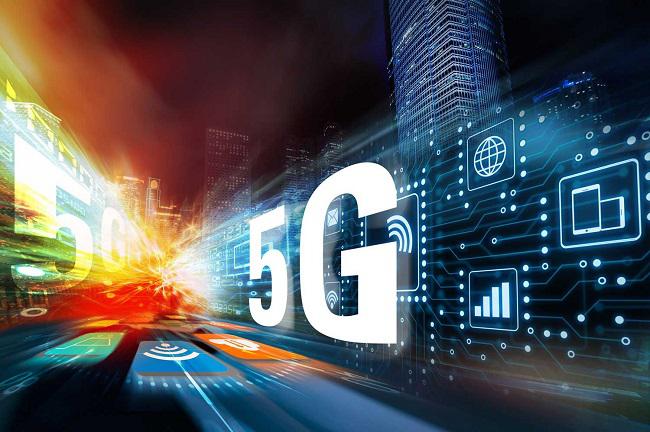In the realm of ‘next generation’ technologies, where terms like AI, Web 3, and the metaverse often dominate conversations, 5G stands out as a tangible and impactful innovation for businesses and private organizations. Unlike the speculative nature of Web 3 and the non-existent metaverse, 5G brings practical use cases that are applicable in today’s operational landscape.
Table of Contents
ToggleThe Significance of 5G in Business Operations
As the latest advancement in cellular technology, 5G receives significant attention in mainstream media, with networks proudly promoting devices equipped for cutting-edge interconnectivity. However, beyond upgrading devices, understanding the practical implications of 5G for businesses is crucial.
The headline features of 5G include its remarkable data transfer speed and, perhaps more importantly, its low latency—the swift response time measured in milliseconds between devices and the nearest tower or access point. This low latency empowers 5G-equipped devices to react promptly to incoming data, ensuring faster communication and more immediate actions.
Also Read : Air India Express : FAA Halts Boeing 737 Max Expansion, Spells DELAY DOOM for Indian Airlines’ Mega Orders!
Real-world Applications: From Autonomous Vehicles to Production Lines
The practical effects of 5G are evident in scenarios like autonomous vehicles, where real-time updates are crucial. The low-latency communication ensures that vehicles can respond instantly to changing situations, avoiding delays that could impact operations. Similarly, in fast-moving production lines, seamless communication between machines becomes advantageous during speed adjustments or sudden throughput changes.
Navigating 5G Networks: Speed, Latency, and Frequency Bands
While 5G networks boast high-speed communication, they operate on higher frequency radio waves, making them susceptible to obstacles like buildings or hills. To optimize the balance between distance, reliability, and speed, data interchange occurs on three frequency bands—low, mid, and high (mmWave).
Understanding the varying frequency bands licensed for 5G in different countries is crucial. Sourcing equipment carefully prevents interference issues and ensures compliance with local regulations.
Private 5G Networks: Advantages and Considerations
Private 5G networks offer distinct advantages, particularly in high-security installations or environments with isolated IoT devices. These networks provide the ability to limit access, ensuring user isolation from third parties. Large organizations might implement hybrid 5G networks, combining public and private setups across different facilities.
5G in the Workplace: Transforming Connectivity
Within an organization, the speed of 5G facilitates seamless connections, transforming a local area network (LAN) into a wide area network (WAN) with minimal overhead. This is especially beneficial in connecting disparate buildings or groups of buildings. The cost of 5G hardware has significantly decreased in markets with healthy consumer uptake, making it a viable option for various businesses.
In conclusion, while the consumer segment may not universally require the leap to 5G, businesses can leverage this next-generation cellular technology strategically. Careful consideration of deployment in specific situations can position 5G as a game-changer for early adopters, providing tangible benefits in terms of speed, low latency, and transformative connectivity.







Pingback: Binny Bansal Steps Down from Flipkart Board, Embarks on New E-commerce Venture - 24X7media.com
Pingback: Man Memorizes Every Taylor Swift Song—Even While Sleeping! Unbelievable Achievement Revealed! - 24X7media.com
Pingback: Tragic Death of British Ballet Dancer Orla Baxendale in the US Due to Undeclared Allergens in Cookie - 24X7media.com